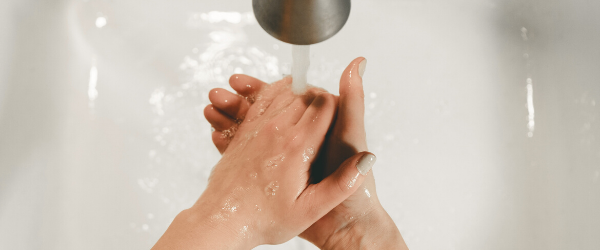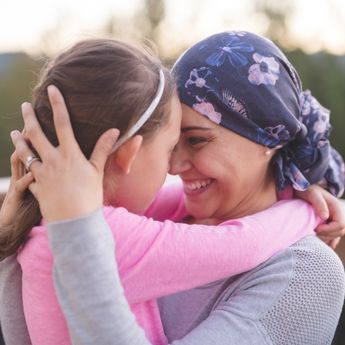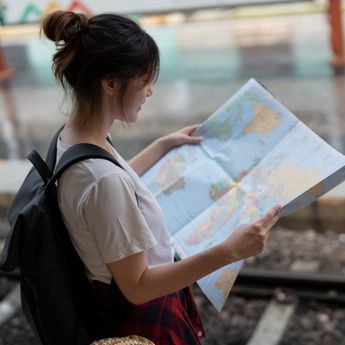By now we've all heard the tips for how to stay safe during the COVID-19 pandemic: wash your hands, stay at home and practice social distancing. However, what might not be as widely shared and known is why and how these health tips help. While protecting yourself, your family and your community is important, equally important is understanding why you are being told to do certain things and how they help. Therefore, we’ve decided to explore the benefits and reasoning behind the two most repeated and shared mantras amidst the COVID-19 crisis.
Wash Your Hands, And Other Hygienic Practices
The most repeated warning of how to keep safe during the COVID-19 pandemic has been to wash your hands. Included in this is various other hygienic practices such as not touching your eyes and mouth, coughing or sneezing into your sleeve and cleaning your surroundings.
So why are we being told to wash our hands for at least 20 seconds?
Many people touch their face throughout the day without realizing it. When this happens, germs on hands can get into the body via the eyes, nose and mouth, making us sick or can get into foods and drinks which can then be digested. Germs can also get on various objects such as doorknobs which can then be transferred to other people’s hands. Handwashing with soap helps to remove germs from hands and prevent infections. It does this by removing microbes from your hands; soap breaks down oils and dirt while water rinses away the broken-down oils and dirt. COVID-19 is known as a coronavirus. Coronaviruses are covered in a layer of fat and using soap breaks down this fat layer so that they are no longer infectious. While washing your hands with soap and water is ideal, alcohol-based hand sanitizers that are at least 62% alcohol can be used when you can’t wash your hands as these kill coronaviruses.
Practice Social Distancing
It seems like the term ‘social distancing” has become part of everyone dictionary overnight. Everywhere we look, we are being told to practice social distancing. Various governments have helped to encourage this by closing dine-in restaurants, limiting the number of people that can be gathered in one place, closing non-essential businesses and pushing for those who can work from home to do so.
So why are we being told to practice social distancing?
Practicing social distancing involves limiting close contact with others in order to reduce the spread of COVID-19 as well as to reduce the risk of yourself and others from getting infected.
When a person that is infected with the COVID-19 virus coughs or sneezes, there are respiratory droplets left in the air. Studies have shown that the COVID-19 virus can also stay on certain surfaces for several hours and up to several days. Coming into contact with these respiratory droplets or with surfaces that have been exposed to these droplets means that the droplets can then enter the mouths or noses of other people, leading to an infection. Therefore, by reducing how much you go out, you reduce your chances of coming into contact with these droplets.
People with COVID-19 might also be asymptomatic, meaning that they can appear healthy and with no symptoms, while still carrying and being able to spread the virus. Limiting contact with others means limiting the possibility of encountering asymptomatic people. It also means that if you are asymptomatic, you limit your own chance of spreading it around because you don’t know you have it.
The World Health Organization estimated the R0 of the COVID-19 virus to be 1.4 to 2.5. This means that when one individual gets infected, they can infect 1.4 to 2.5 other people. A number of other studies have also looked into the human-to-human transmission (R0) of the virus. The estimates of these 12 studies ranged from an R0 of 1.4 to 6.49. Practicing social distancing can significantly lower the human-to-human transmission of the virus. It is estimated that 50% less exposure to the virus would result in only 15 people infected in a month; 75% less exposure to the virus would result in only 2.5 people infected in a month.
What This Means for You
Breast cancer treatments can lead to a weakened immune system, putting those diagnosed with breast cancer at a higher risk of becoming severely ill. By continuing to engage in proper hygienic practices and by practicing social distancing you can reduce your chances of infection.
Photo by Clay Banks on Unsplash







